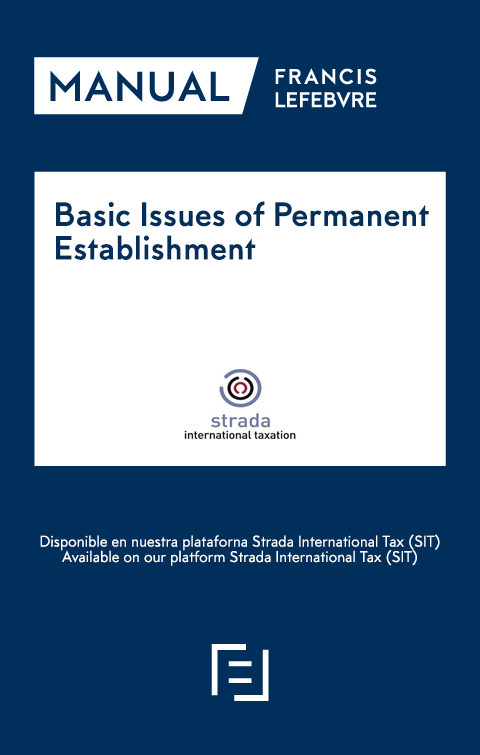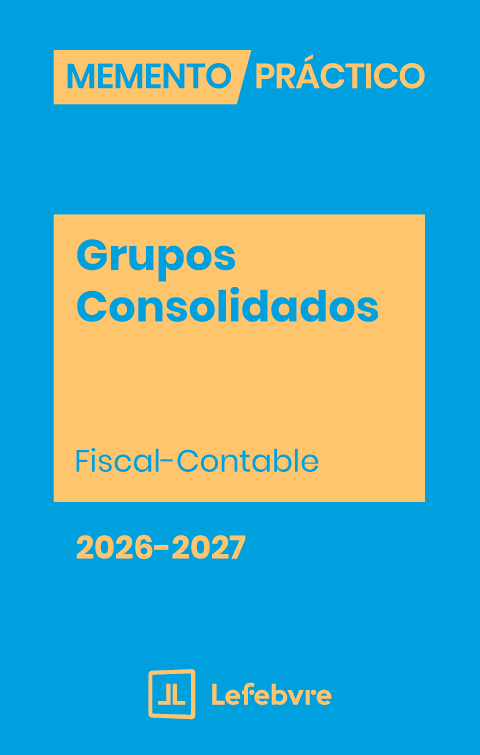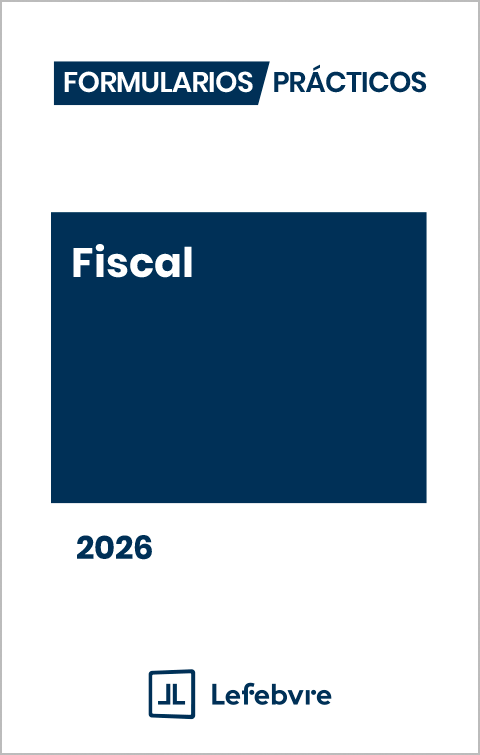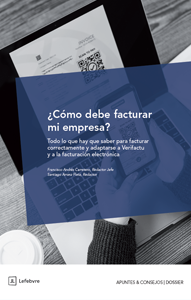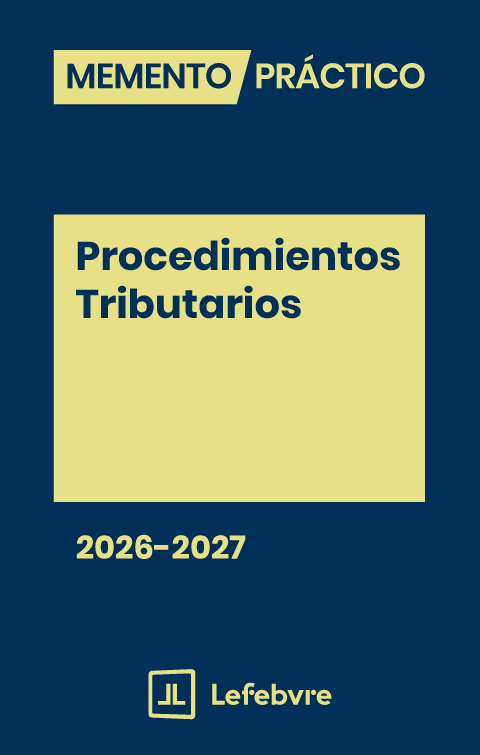Summary
CHAPTER 1. Introduction. The so-called post-BEPS era
CHAPTER 2. Connection Points and permanent establishment
CHAPTER 3. Permanent Establishment as a nexus
CHAPTER 4. Permanent establishment as fixed place of business
I. Place of business test
II. Organization of physical and human resources
III. Absence of personnel: automated equipment
IV. Cases where there are human resources (staff) but no physical resources. Permanent establishment of services
V. Temporary stability as a condition of permanent establishment
VI. The fixed place of business must be an instrumental installation
VII. What is the meaning of being at the disposal of the enterprise?
CHAPTER 5. Lists of examples of fixed places of business: the positive list. The Deeming Provision
CHAPTER 6. A Building or construction sites, or installation projects as a Permanent Establishment
CHAPTER 7. The negative list test
CHAPTER 8. The rule concerning related companies
CHAPTER 9. The agent as a permanent establishment (agency rule)
CHAPTER 10. The Permanent Establishment concept and the new economy
I. Challenges posed by the digital economy in the European Union
II. The new dimension of permanent establishment
CHAPTER 11. Action 7 of BEPS and the so-called Spanish approach
CHAPTER 12. The need to modify the structure of permanent establishment within the framework of the anti-elusive requirements of the digital economy
CHAPTER 13. Permanent establishment and the non-discrimination principle
CHAPTER 14. The profit attribution rules
I. Functional analysis
II. Possibility of attributing a free capital
III. Assets used
IV. Risks assumed
Bibliography
